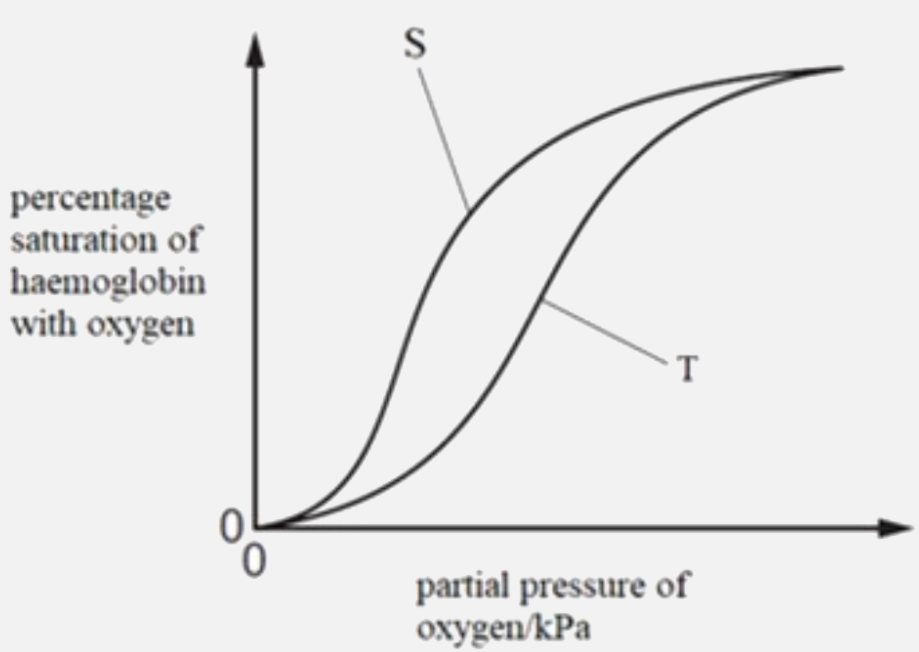Separated cells of two sponge species are mixed up. They are
Remain separate
Aggregate tissue-wise
Aggregate and fuse to form hybirds
Aggregate species wise and reconstruct the sponges
The correct Answer is:D
Step-by-Step Solution:
1. Understanding Sponges:
- Sponges are simple multicellular organisms that exhibit a cellular level of organization. This means they are composed of individual cells that perform specific functions but do not form tissues or organs.
2. Mixing Cells of Two Sponge Species:
- When the separated cells of two different sponge species are mixed, they do not undergo any hybridization or genetic mixing. Instead, the cells retain their species identity.
3. Cellular Behavior:
- The cells from both sponge species will recognize their own kind and will aggregate together. This is due to the unique cellular recognition mechanisms that sponges possess.
4. Formation of a New Structure:
- As the cells aggregate, they will form a new structure that resembles a sponge. This structure is not a hybrid but rather an aggregate of cells from the two different species.
5. Conclusion:
- The final outcome is that the cells from the two sponge species will aggregate and reconstruct a sponge-like structure, maintaining their species identity without creating a hybrid organism.
Final Answer:
When separated cells of two sponge species are mixed, they will aggregate and reconstruct a sponge, but they will not form a hybrid.
---
- Sponges are simple multicellular organisms that exhibit a cellular level of organization. This means they are composed of individual cells that perform specific functions but do not form tissues or organs.
- When the separated cells of two different sponge species are mixed, they do not undergo any hybridization or genetic mixing. Instead, the cells retain their species identity.
- The cells from both sponge species will recognize their own kind and will aggregate together. This is due to the unique cellular recognition mechanisms that sponges possess.
- As the cells aggregate, they will form a new structure that resembles a sponge. This structure is not a hybrid but rather an aggregate of cells from the two different species.
- The final outcome is that the cells from the two sponge species will aggregate and reconstruct a sponge-like structure, maintaining their species identity without creating a hybrid organism.
When separated cells of two sponge species are mixed, they will aggregate and reconstruct a sponge, but they will not form a hybrid.
Topper's Solved these Questions
- STRUCTURE OF THE CELLBOOK - DINESH PUBLICATION ENGLISHCHAPTER - STRUCTURE OF THE CELLEXERCISE - Check your Grasp
17 Videos
- STRUCTURAL ORGANISATION IN ANIMALS BOOK - DINESH PUBLICATION ENGLISHCHAPTER - STRUCTURAL ORGANISATION IN ANIMALS EXERCISE - Check your grasp
10 Videos
- THE CELL : THE BASIC UNIT OF LIFE BOOK - DINESH PUBLICATION ENGLISHCHAPTER - THE CELL : THE BASIC UNIT OF LIFE EXERCISE - CHECK YOUR GRASP
12 Videos
Similar Questions
Knowledge Check
In laboratory experiments, two species of the protist Paramecium (species 1 and 2) were grown alond and in the presence of the other species. The following graphs show growth of species 1 and species 2, both alone and when in mixed culture with the other species.
 Which of the following conclusions can be drawn from the graphs ? ACompetitive exclusion occurred in these experiments.BBoth species are affected by interspecific competition but species 1 is affected less.CBoth species are affected by interspecific competition but species 2 is affected less.DBoth species are affected equally by interspecific competition.
Which of the following conclusions can be drawn from the graphs ? ACompetitive exclusion occurred in these experiments.BBoth species are affected by interspecific competition but species 1 is affected less.CBoth species are affected by interspecific competition but species 2 is affected less.DBoth species are affected equally by interspecific competition.
Collar cells in sponges line
View SolutionRelatedness of two species is tested through
View Solution[A]: The natural hybrids of the species are either totally absent or are very rare.
[R]: Because members of separate species do not interbreed usually
View Solutionthe formation of two species from one species is called
View SolutionThe cell wall of fungi is made up of
View SolutionThe graph shows the oxygen dissociation curves of haemoglobin from two species of mammals, s and T .

Which statements could explain the difference in the oxygen dissociation curves of species S and species T ?
I. Species T has higher haemoglobin concentration in its red blood cells than species S.
II. The haemoglobin in species T has a lower affinity for oxygen than the haemoglobin in species S.
III. Species T may be living at a higher altitudes than species S.
View SolutionTwo species cannot occupy same :
View Solution
